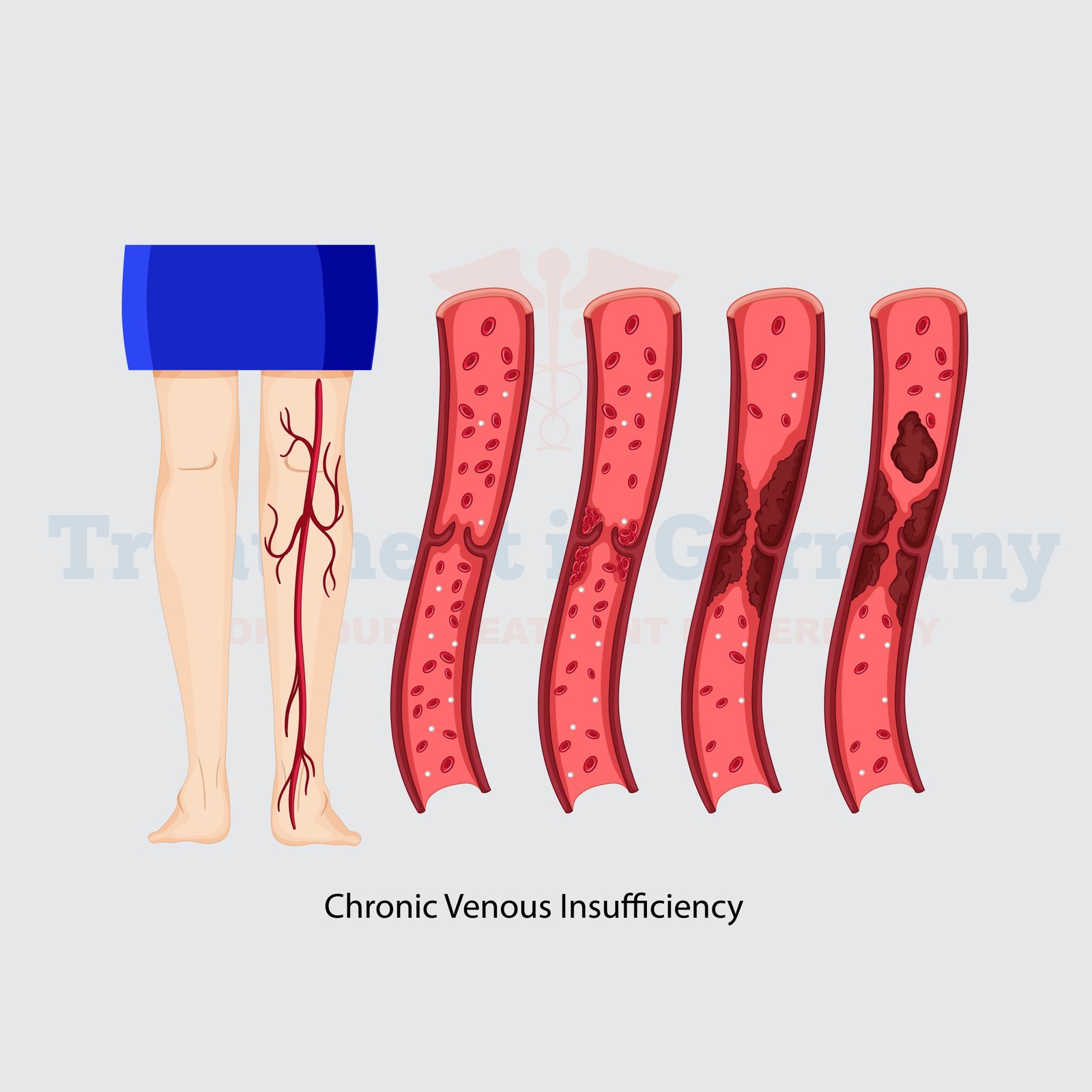What is Chronic Venous Insufficiency:
Chronic Venous Insufficiency (CVI) is a medical condition that occurs when the veins in the legs fail to efficiently return blood to the heart. Normally, valves in the veins prevent blood from flowing backward.
However, when these valves become weakened or damaged, blood can pool in the veins, leading to symptoms such as swelling, pain, and skin changes.
Side effects of Chronic Venous Insufficiency:
Chronic Venous Insufficiency can cause a range of uncomfortable and sometimes debilitating symptoms. These may include:
How is Chronic Venous Insufficiency diagnosed?:
If you suspect you may have Chronic Venous Insufficiency, it's important to consult with a healthcare professional for an accurate diagnosis.
Your doctor may perform a physical examination, including checking for swelling, varicose veins, and skin changes. They may also recommend additional tests such as:
Based on these findings, your doctor can determine the severity of your condition and recommend an appropriate Treatment Plan.
Potential treatments of Chronic Venous Insufficiency:
Treatment for CVI aims to relieve symptoms, improve blood flow, and prevent complications. Depending on the severity of your condition, your doctor may recommend one or more of the following:
1. Compression therapy: Wearing compression stockings or bandages can help improve circulation by applying pressure to the veins, reducing swelling and discomfort.
2. Lifestyle changes: Elevating your legs, staying active, and avoiding long periods of sitting or standing can help alleviate symptoms and improve blood flow.
3. Medications: Nonsteroidal anti-inflammatory drugs (NSAIDs) or prescription medications may be prescribed to manage pain and inflammation associated with CVI.
4. Minimally invasive procedures: In cases where CVI is more severe or doesn't respond to conservative measures, procedures such as sclerotherapy, endovenous laser therapy (EVLT), or radiofrequency ablation may be recommended to close off or remove diseased veins and redirect blood flow.
5. Surgery: In rare cases, surgical intervention may be necessary to repair or bypass damaged veins, particularly if complications such as ulcers or blood clots have developed.
👉 Contact us for further information and receive a complimentary consultation.

.webp)
.webp)
 (1).webp)
 (1).webp)

.webp)
.webp)
 (1).webp)
 (1).webp)
